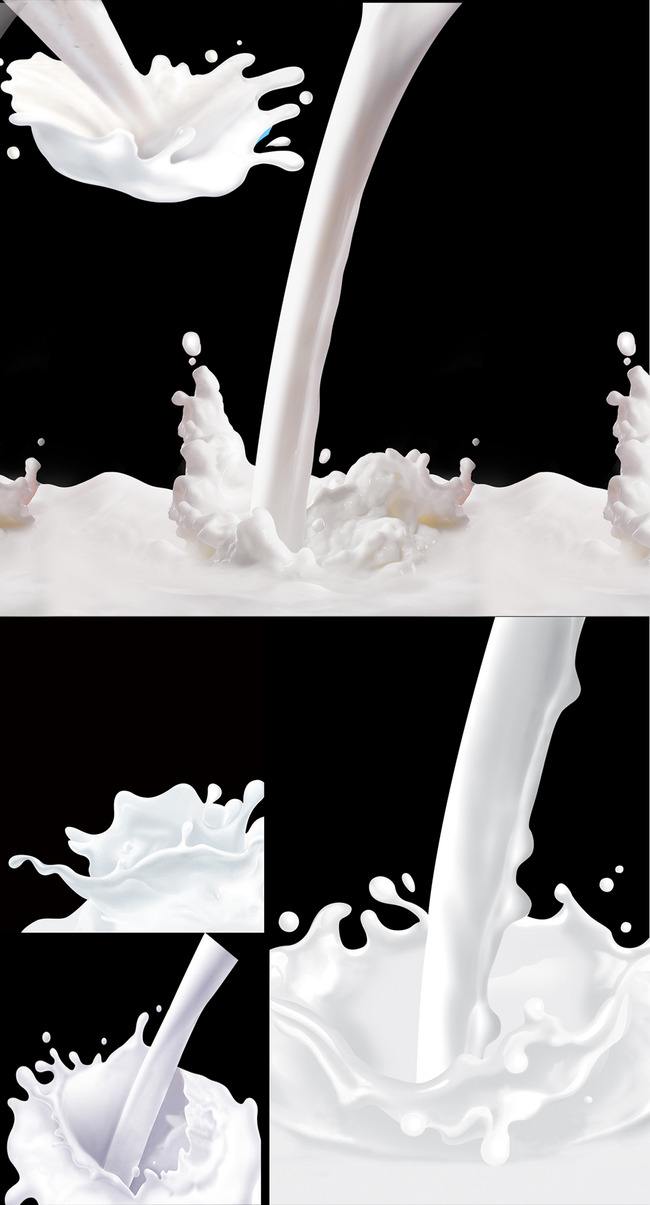The pH of milk determines whether it is considered an acid or a base. Milk is slightly acidic or close to neutral pH. The exact value depends on when the milk was produced by the cow, processing done to the milk, and how long it has been packaged or opened. Other compounds in milk act as buffering agents, so that mixing milk with other chemicals brings their pH closer to neutral.

The pH of a glass of cow milk ranges from 6.4 to 6.8. Milk fresh from the cow typically has a pH between 6.5 and 6.7. The pH of milk changes over time. As milk goes sour, it becomes more acidic and the pH gets lower. This occurs as bacteria in milk convert the sugar lactose into lactic acid. The first milk produced by a cow contains colostrum, which lowers it pH. If the cow has mastitis, the pH of the milk will be higher or more basic. Whole, evaporated milk is slightly more acidic than regular whole or skim milk.
The pH of milk depends on the species. Milk from other bovines and non-bovine mammals varies in composition, but has a similar pH. Milk with colostrum has a lower pH and mastitic milk has a higher pH for all species.







